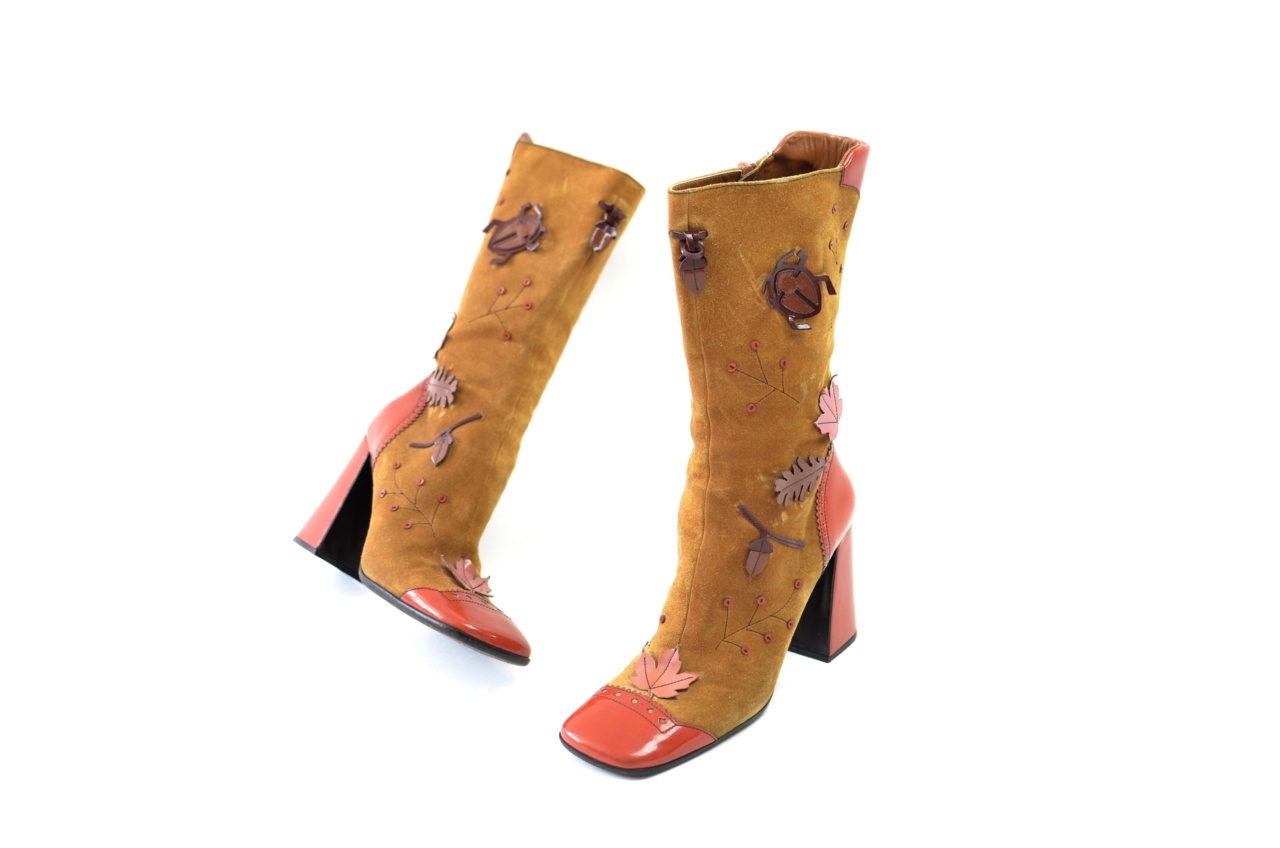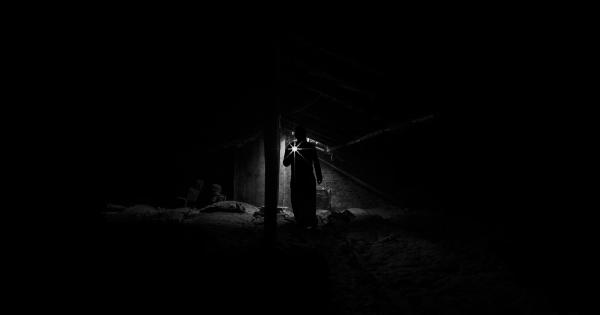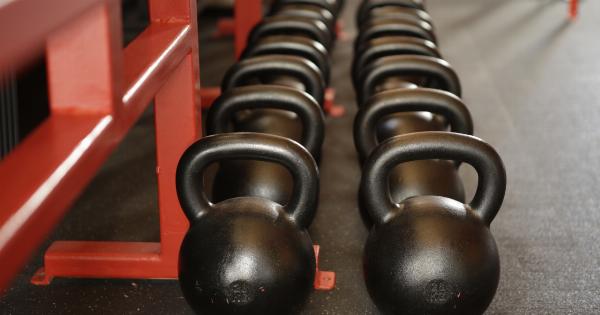Our heels are the foundation of our feet, and have a significant effect on our overall posture, gait, and overall health.
By exploring your heel origins in photos, you can get an insight into your unique foot structure, and learn more about the role your heels play in maintaining your physical health.
Here, we will explore the different types of heel structure, the impact of heel spurs, and the importance of heel alignment.
By taking a closer look at your own heel origins through photographs, you can better understand your own foot structure, and take the necessary steps towards maintaining proper foot health.
The Different Types of Heel Structure
There are three main types of heel structure in the human foot: the supinated heel, the neutral heel, and the pronated heel.
These types of heels refer to the way the heel bone, or calcaneus, sits within the foot, and affects the alignment of the rest of the foot.
- Supinated Heel: A supinated heel is tilted slightly to the outside, away from the midline of the body. This can cause the rest of the foot to sit in a high-arched position, and can lead to issues such as ankle sprains, plantar fasciitis, and other foot and ankle injuries.
- Neutral Heel: A neutral heel sits directly under the ankle joint, with little to no tilt to either side. This is considered the most stable and ideal type of heel structure, and is less prone to foot and ankle injuries.
- Pronated Heel: A pronated heel tilts inward towards the midline of the body, and can cause the rest of the foot to sit in a flat, collapsed position. This can lead to issues such as overpronation, shin splints, and other foot and ankle injuries.
By examining your own heel through photographs, you can determine which type of heel structure you have, and take the necessary steps to maintain proper alignment and prevent injuries.
The Impact of Heel Spurs
Heel spurs are bony outgrowths that develop on the heel bone, and can cause significant pain and discomfort when walking or standing.
They are commonly caused by repetitive strain or abnormal stress on the heel, and can be exacerbated by poor heel alignment.
When examining your own heel through photographs, you may be able to see the formation of a heel spur through a visible bump or protrusion on the back of the heel.
If you suspect you have a heel spur, it is important to seek medical attention and take steps to reduce stress on the affected area.
The Importance of Heel Alignment
Proper heel alignment is crucial for maintaining good foot health, as well as preventing foot and ankle injuries. When the heel is misaligned, it can cause excessive stress on other parts of the foot, including the arches, ankles, and toes.
When examining your own heel through photographs, you should look for signs of misalignment, such as a noticeable tilt or bulge in the heel.
If you notice any abnormalities, it is important to take steps to correct your alignment, such as wearing orthotic inserts, stretching and strengthening exercises, or seeking medical attention if necessary.
Conclusion
By exploring your heel origins through photographs, you can gain a better understanding of your unique foot structure, and take the necessary steps to maintain proper foot health.
Whether you have a supinated, neutral, or pronated heel, it is important to be aware of your individual foot type, and take proactive measures to prevent injuries and maintain proper alignment.
Remember, your feet are the foundation of your body, and taking care of them should be a top priority. By examining your heel origins through photographs, you can take the first step towards achieving optimal foot health and wellness.































